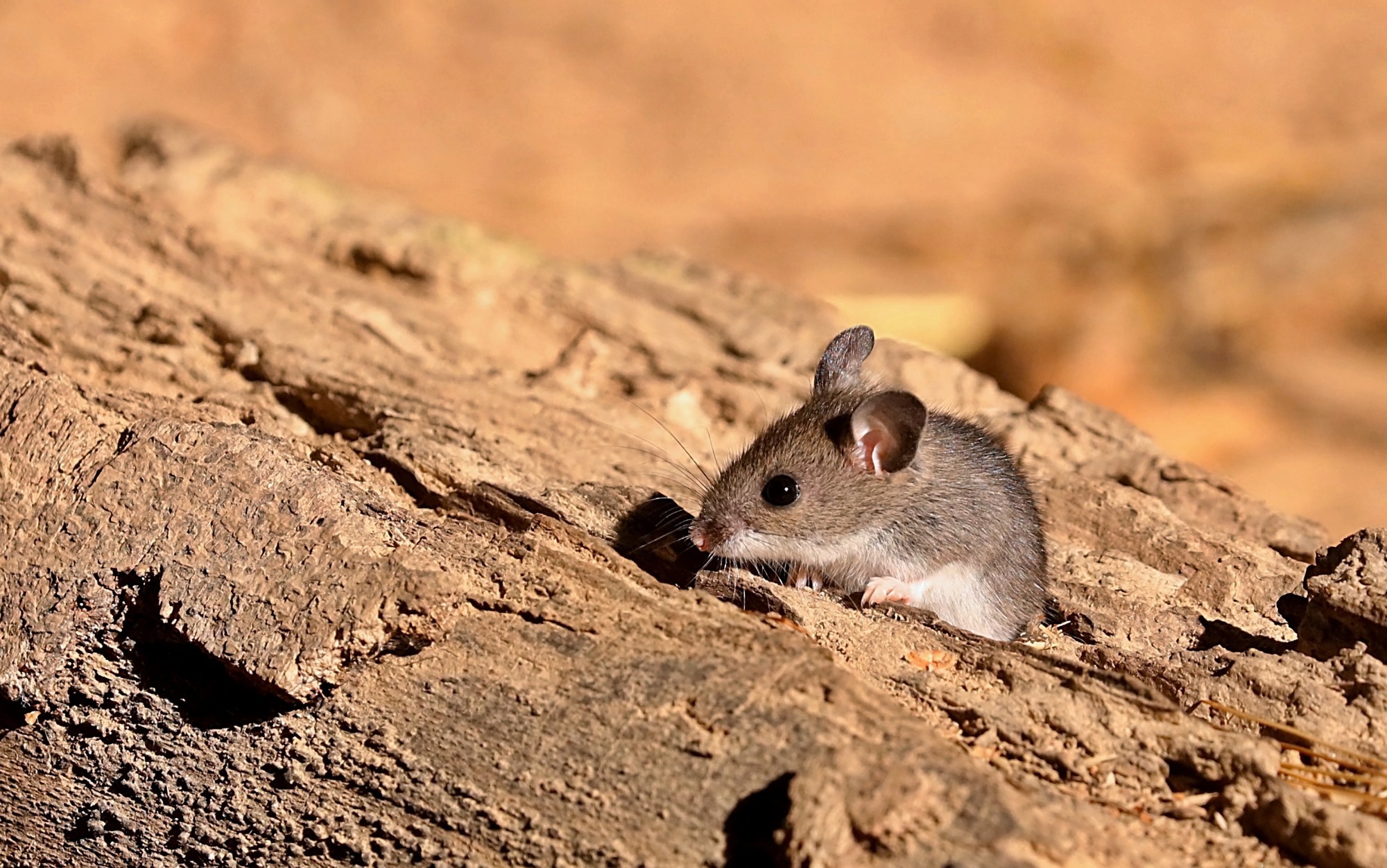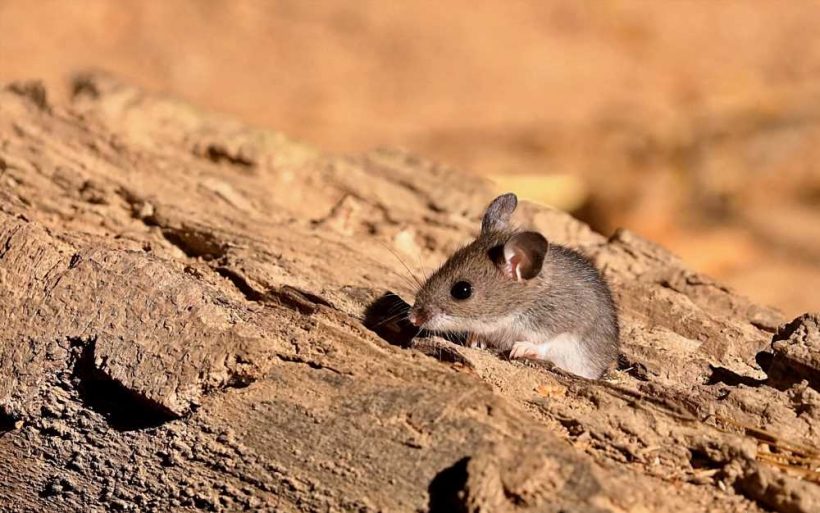In a recent study posted to the bioRxiv* preprint server, researchers assessed the susceptibility of deer mice and California mice to severe acute respiratory syndrome coronavirus 2 (SARS-CoV-2) infection.

The causative agent of coronavirus disease 2019 (COVID-19), SARS-CoV-2, emerged at the end of 2019 in Wuhan, China and has spread globally resulting in widespread morbidity and mortality. There have been rising concerns regarding the potential of SARS-CoV-2 in establishing endemicity within a secondary animal reservoir or acquire adaptations that could lead to the emergence of novel variants with the ability to reinfect humans.Previosu research has highlighted that North American deer mice are susceptible to COVID-19 and can serve as a transmission route for the virus, suggesting its potential as a wildlife reservoir for SARS-CoV-2.
About the study
In the present study, researchers reported the susceptibility of two subspecies of the North American deer mouse and California mice to SARS-CoV-2.
Nine young, adult deer mice of both sexes from each species or subspecies were intranasally exposed to SARS-CoV-2 to examine the vulnerability of the various deer mouse species and subspecies. On the first day of the experiment, three unchallenged controls belonging to each species group were necropsied after euthanization. On days six and 15, three SARS-CoV-2-exposed mice from each species were euthanized and their bodies were examined. The team collected an additional oral swab on day 10.
The team continued to develop California mice to be employed as an animal model of COVID-19. Daily oral swabs collected after the challenge were examined for viral ribonucleic acid (RNA) and infectious viruses. Testing for viral RNA and infectious viruses was also performed on lung homogenate obtained from mice euthanized on the third, sixth, and tenth days after SARS-CoV-2 exposure. Indirect enzyme-linked immunosorbent assay (ELISA) was employed to measure the amount of serum immunoglobulin G (IgG) and the serum neutralizing antibody titer in mice's serum collected on the third, sixth, and tenth days after the challenge.
Results
The study results showed that on day three post-challenge, one of the nine oral swabs obtained from each species cohort contained infectious virus, and a majority of lung samples derived from mice put to death on the third and sixth day post-challenge included viral RNA. On day 3 after the challenge, infectious virus was found in mouth swabs from three out of four species and viral RNA was found in oral swabs from all challenged mice, including Oldfield mouse, prairie deer mouse, and California mouse. On day 15 after the challenge, the Oldfield mouse, Sonora white-footed mouse, and prairie deer mouse all had detectable neutralizing antibodies, with a mean geometric mean titer of 87.
At any point during the investigation, neither the Oldfield mouse nor the prairie deer mouse displayed any clinical symptoms. Even though there were no additional clinical symptoms during the 15-day exposure testing, the Sonora white-footed mice exhibited a reduction in body weight. Two California mice (one male and one female) were seen to exhibit ruffled fur, a stooped posture, and a lethargic attitude on day three following the challenge.
The male California mice showed signs of improvement when assessed on day 4, but the female subjects were moribund and had to be humanely put to sleep for necropsy. Hepatomegaly and a distinct hepatic reticular pattern were present in this mouse. The mouse was suspected to be experiencing hepatic lipidosis.
Research also revealed that the mice contracted the virus because viral RNA was found in their lungs and oral swabs as early as day ten after the challenge. On the first, second, and third day following the challenge, mouth swabs and all of the lungs were found to contain an infectious virus. Ten days after the challenge, serum IgG to viral nucleocapsid was found in all animals, and five of the six mice had neutralizing antibodies. On days 1 and 3 after the challenge, the SARS-CoV-2-exposed group lost significantly more weight than the unchallenged controls. As opposed to the infected controls, the control mice's weight had significantly decreased by day ten.
Comparing the SARS-CoV-2-challenged California mice to the uninfected controls, the weight loss on days 1 and 3 after the challenge was significantly higher in the former group. On day ten following the challenge, the uninfected control group had lost noticeably more weight than the challenged group.
The most severe inflammation was detected in the lungs and nasal passages in all animals. Heart, liver, nasal skin, and mucosa did not exhibit significant histologic variations across groups. The most severely affected organ was the lung. Infected mice exhibited varying degrees of interstitial lymphohistiocytic and fibrinous pneumonia with edema, reactive vascular endothelium characterized by neutrophil margination and perivasculitis, and minimal to mild bronchial epithelial hyperplasia.
Overall, the study findings showed that two subspecies of the North American deer mouse and three species of deer mice, including the California mouse, the North American deer mouse, and the Oldfield mouse, are susceptible to SARS-CoV-2 infection.
*Important notice
bioRxiv publishes preliminary scientific reports that are not peer-reviewed and, therefore, should not be regarded as conclusive, guide clinical practice/health-related behavior, or treated as established information.
- Juliette Lewis, Shijun Zhan, Allison Vilander, Anna C Fagre, Hippokratis Kiaris, Tony Schountz. (2022). SARS-CoV-2 infects multiple species of North American deer mice and causes clinical disease in the California mouse. bioRxiv. doi: https://doi.org/10.1101/2022.08.22.504888 https://www.biorxiv.org/content/10.1101/2022.08.22.504888v1
Posted in: Medical Science News | Medical Research News | Disease/Infection News
Tags: Animal Model, Antibodies, Antibody, Assay, Coronavirus, Coronavirus Disease COVID-19, covid-19, Edema, ELISA, Enzyme, Heart, Hepatomegaly, Hyperplasia, Immunoglobulin, Inflammation, Liver, Lungs, Mortality, Pneumonia, Posture, Research, Respiratory, Ribonucleic Acid, RNA, SARS, SARS-CoV-2, Severe Acute Respiratory, Severe Acute Respiratory Syndrome, Skin, Sleep, Syndrome, Vascular, Virus, Weight Loss

Written by
Bhavana Kunkalikar
Bhavana Kunkalikar is a medical writer based in Goa, India. Her academic background is in Pharmaceutical sciences and she holds a Bachelor's degree in Pharmacy. Her educational background allowed her to foster an interest in anatomical and physiological sciences. Her college project work based on ‘The manifestations and causes of sickle cell anemia’ formed the stepping stone to a life-long fascination with human pathophysiology.
Source: Read Full Article






